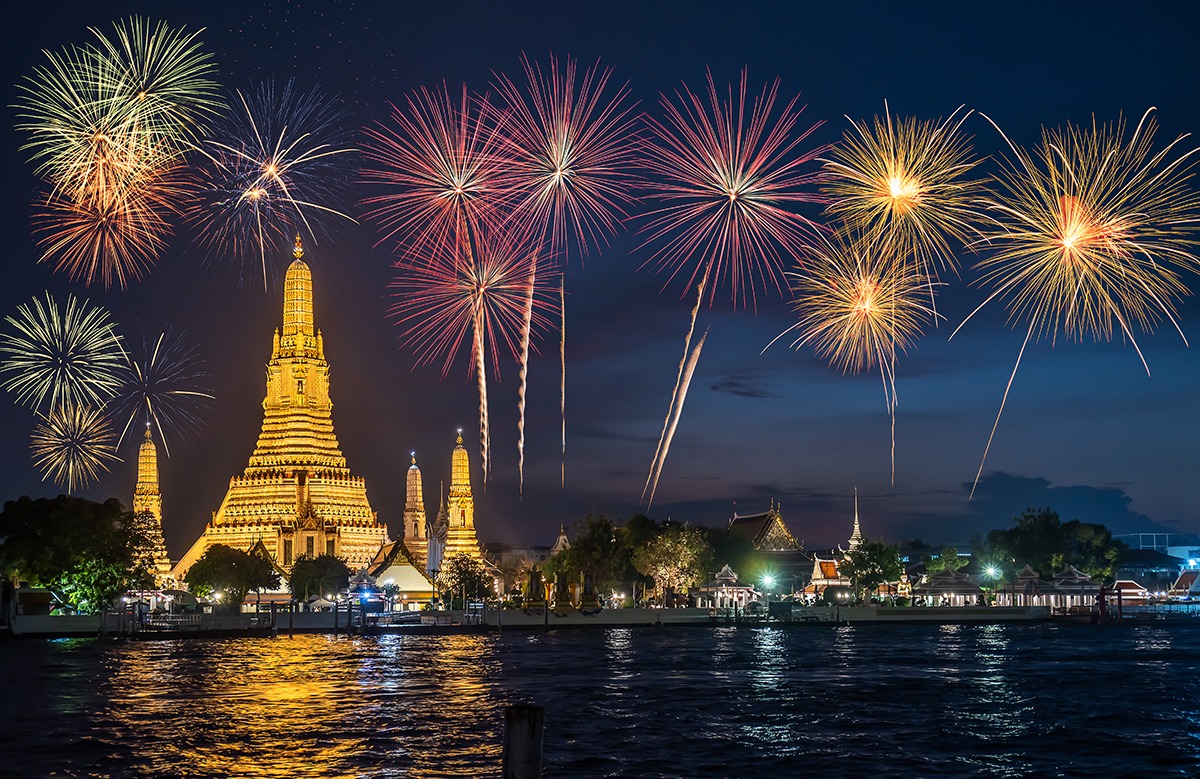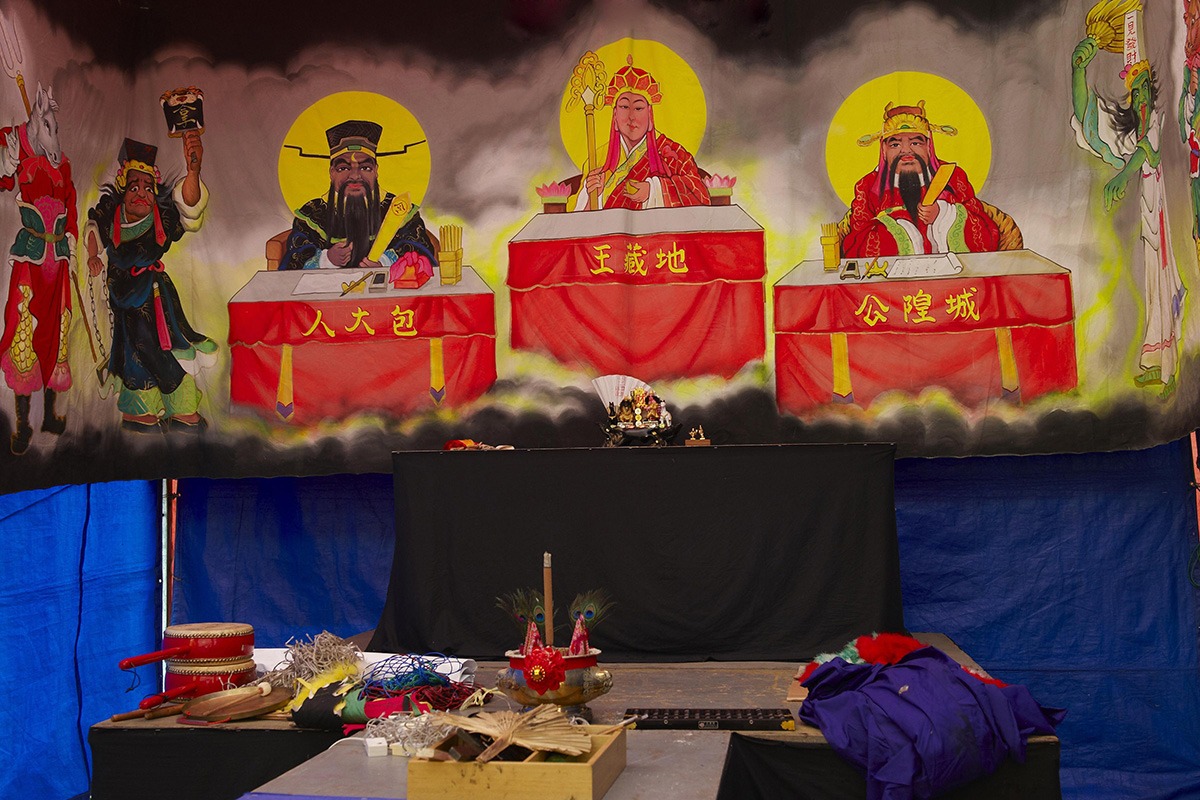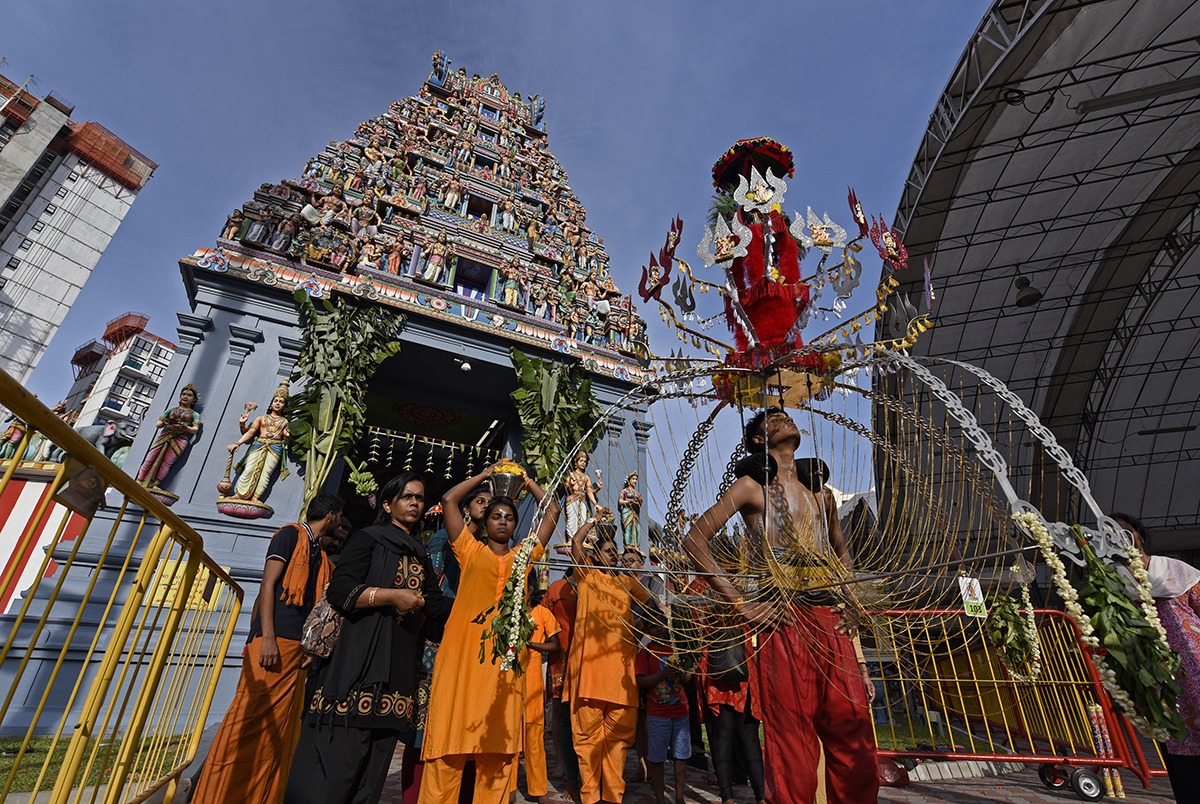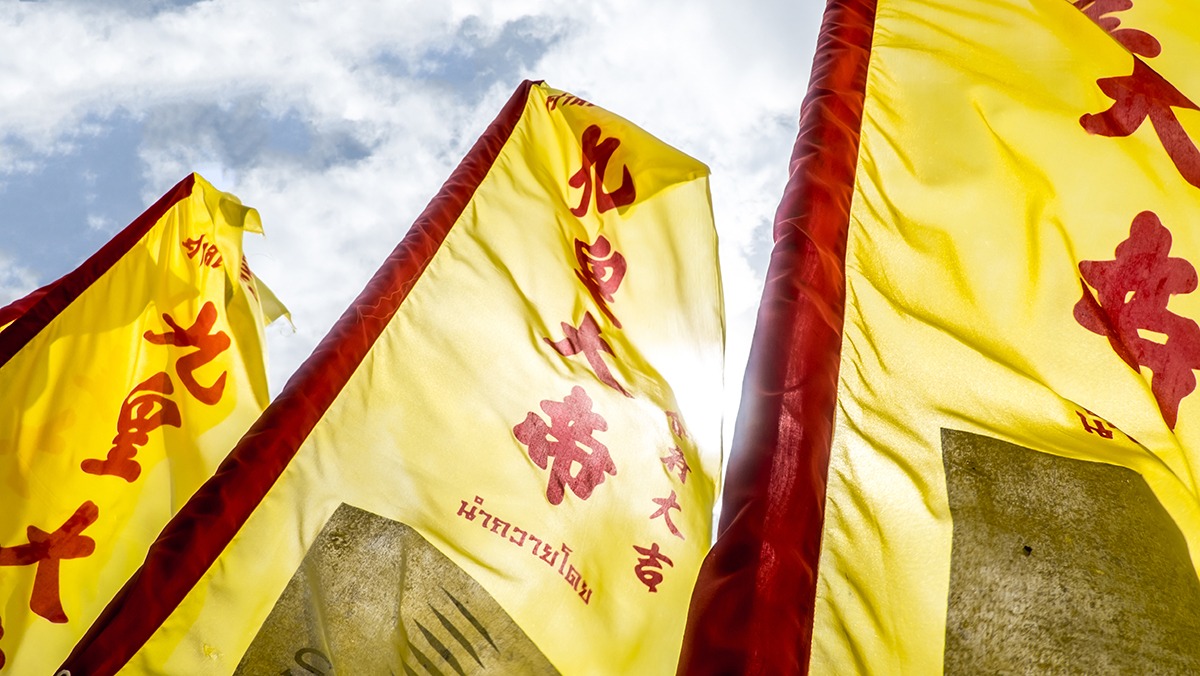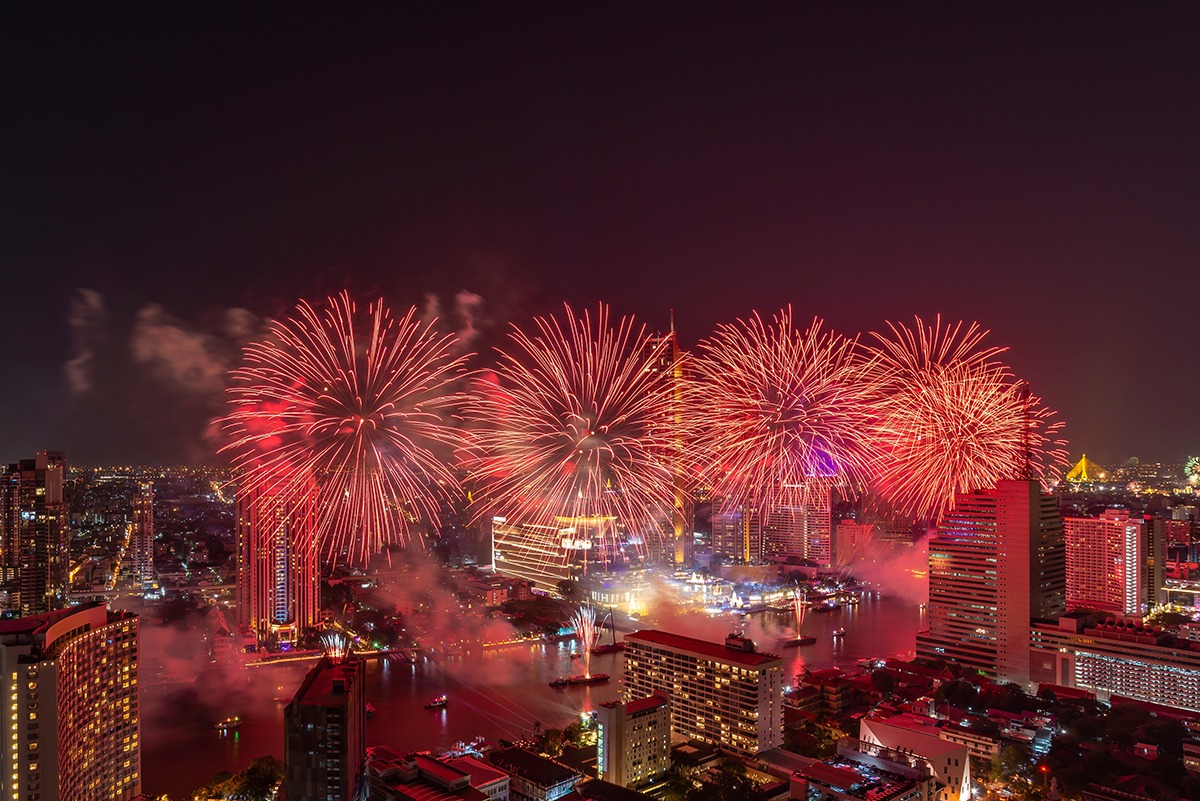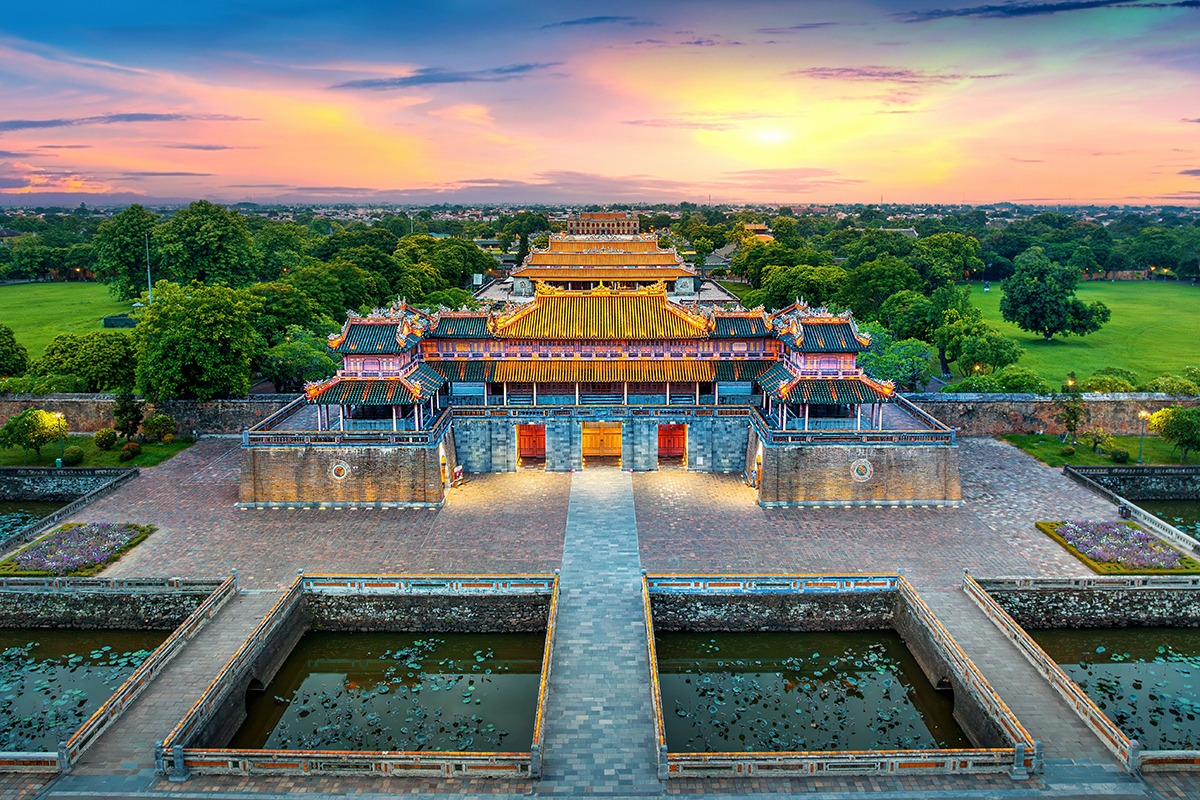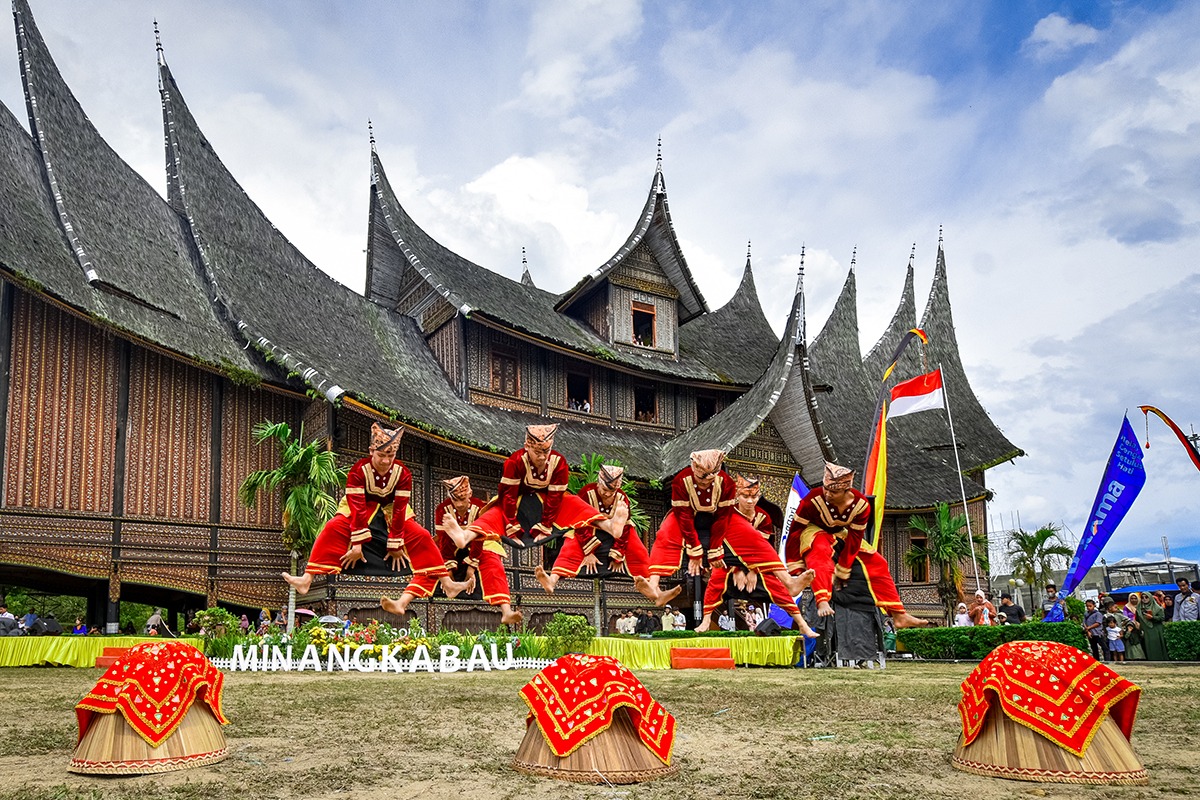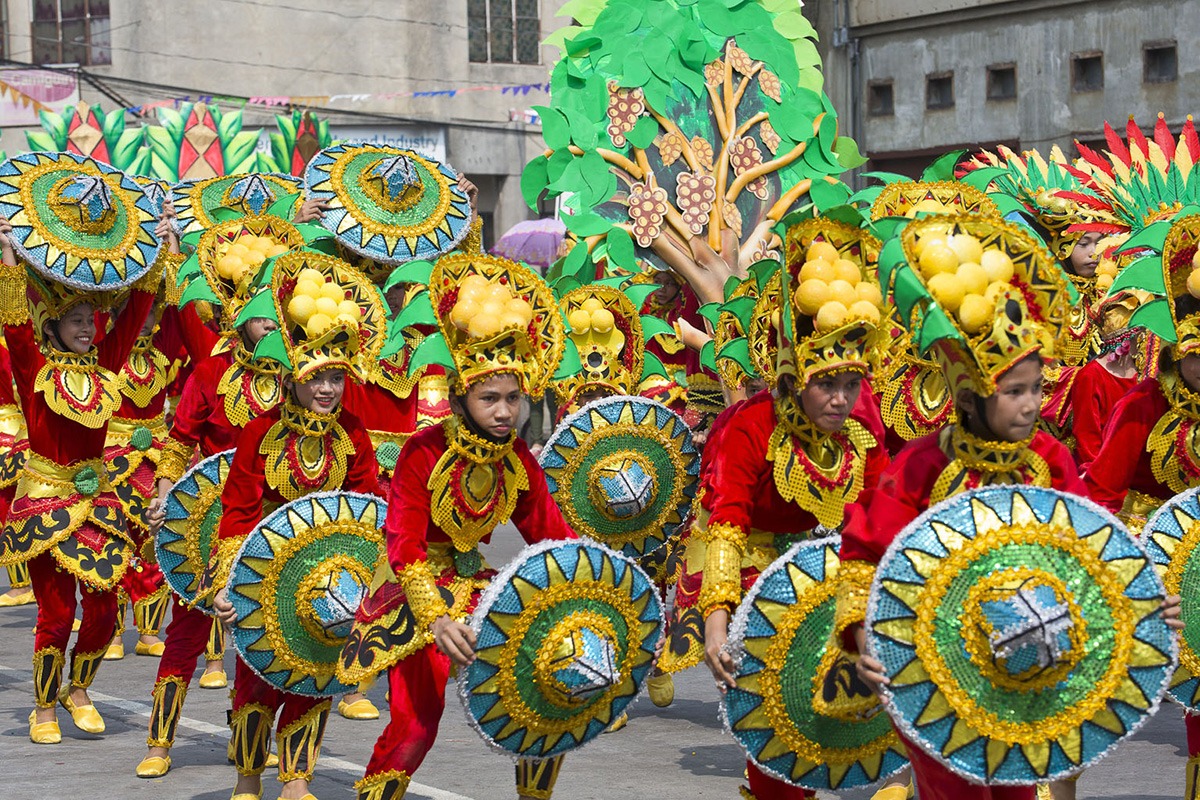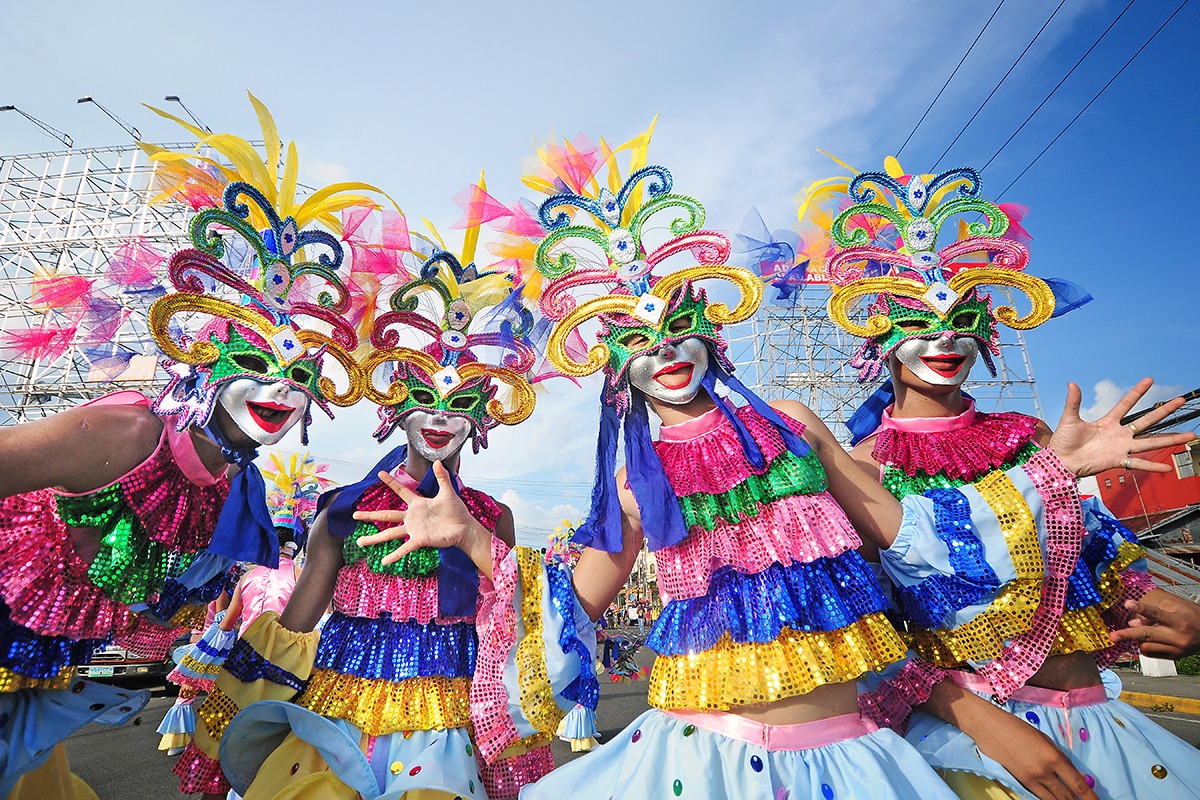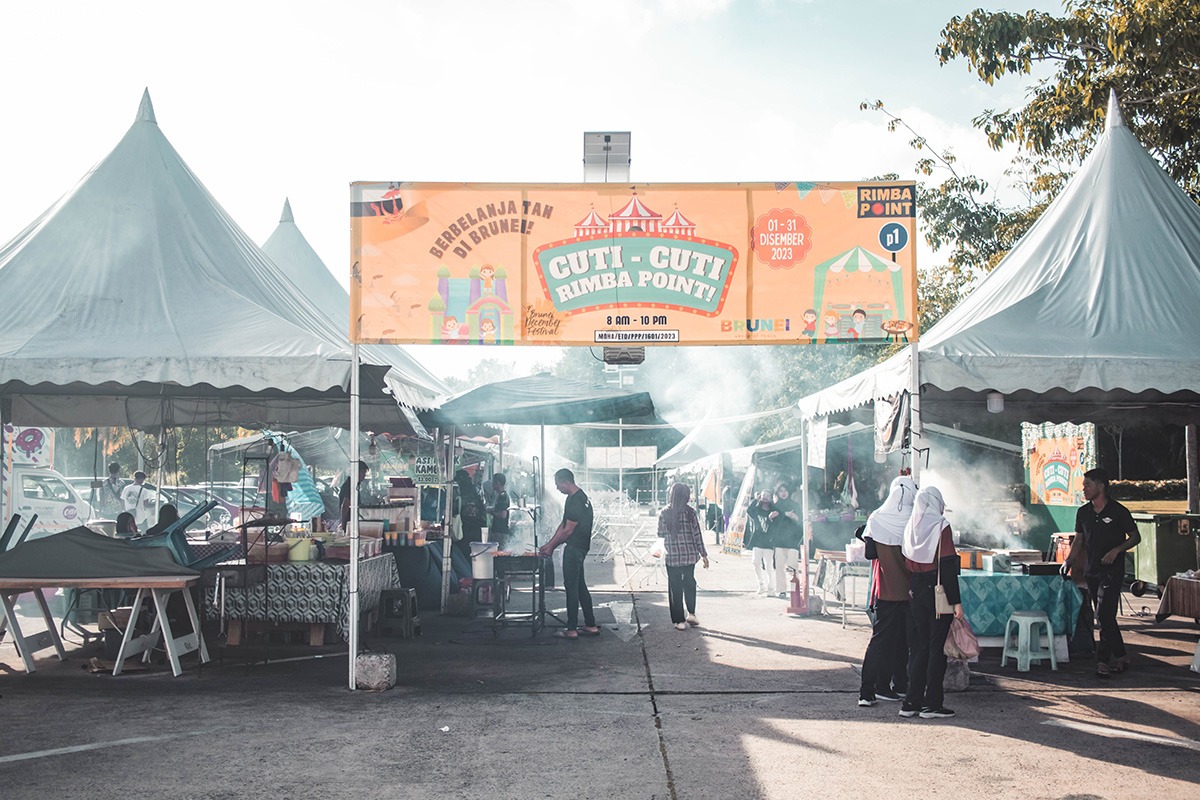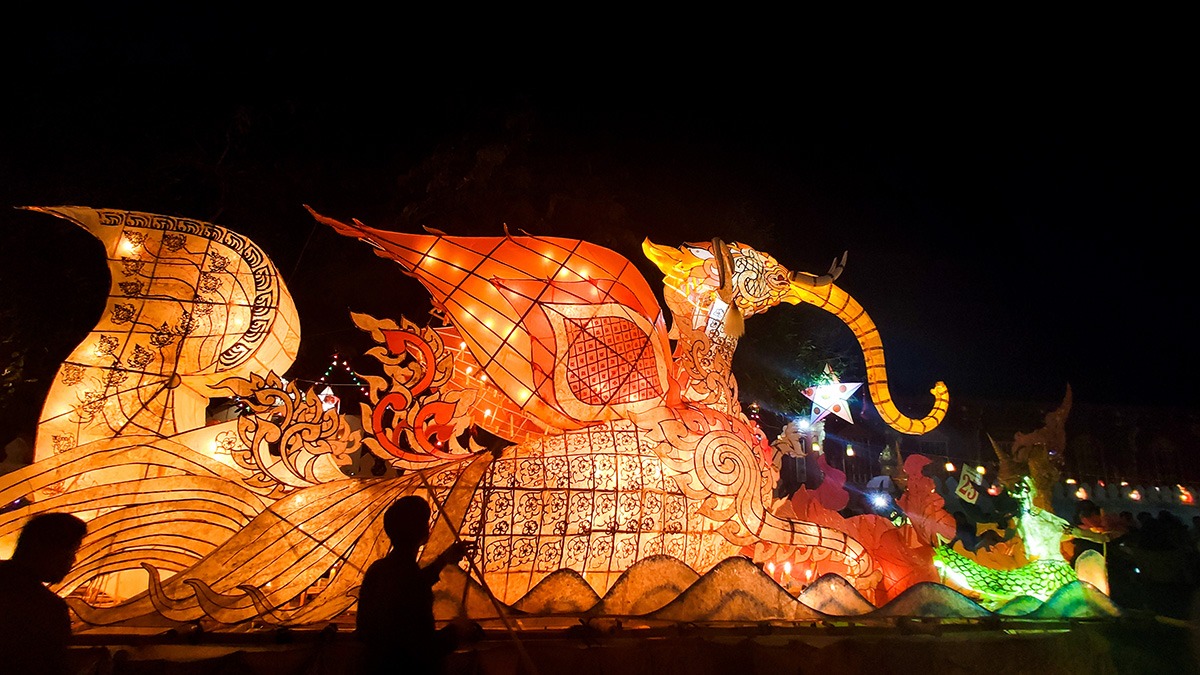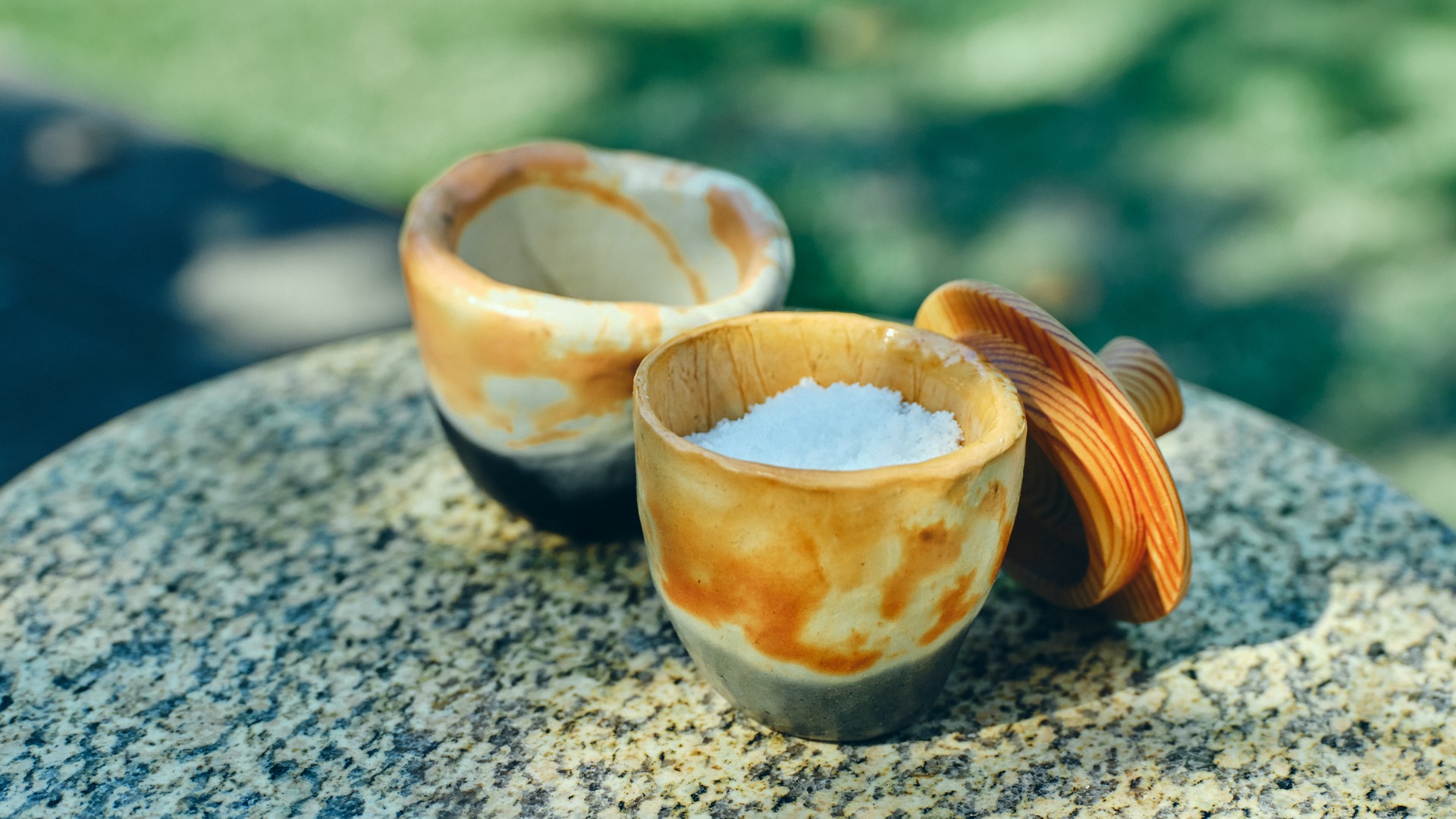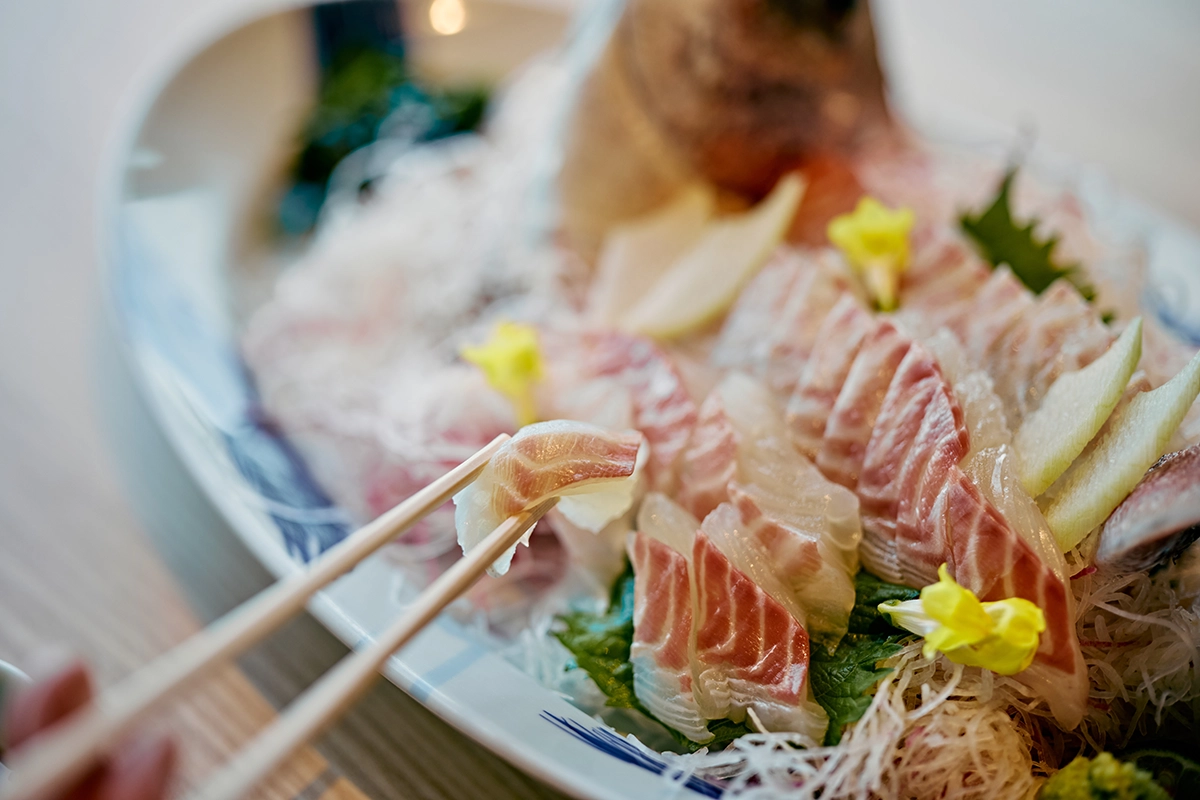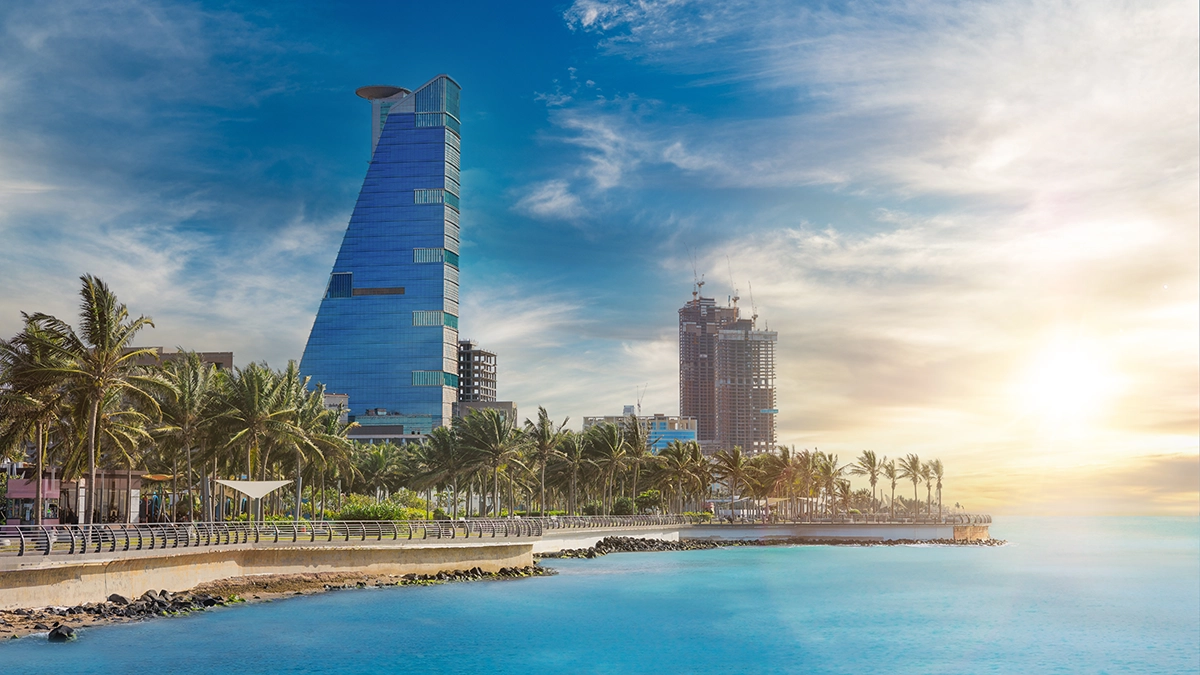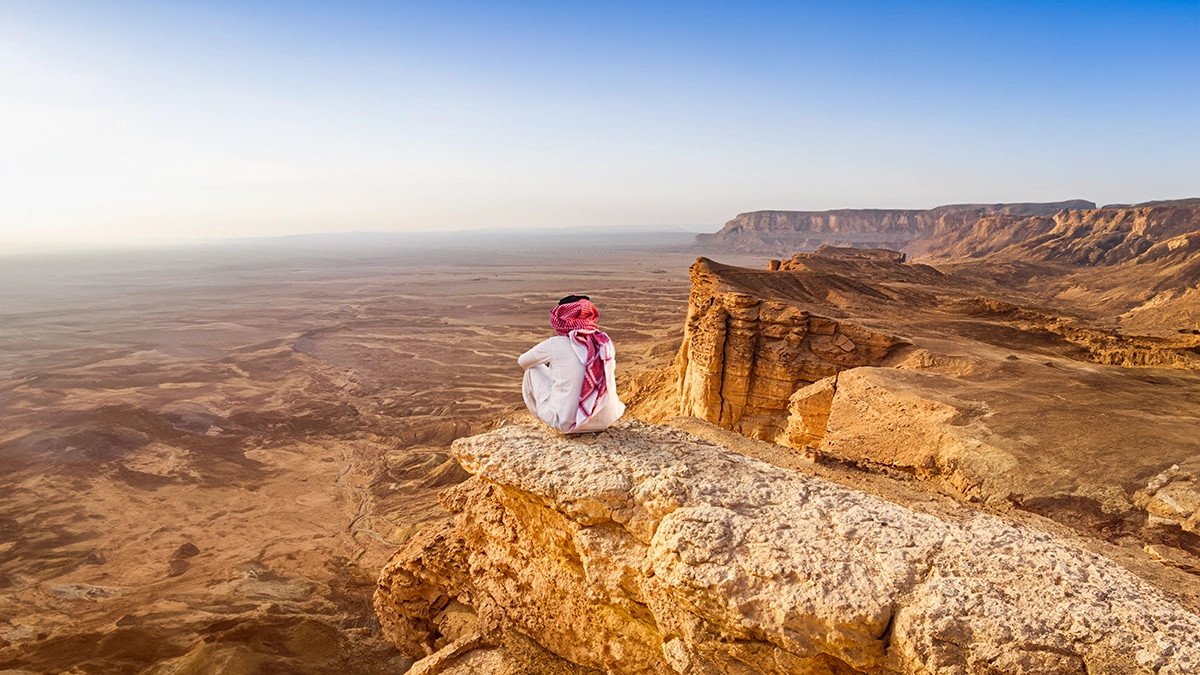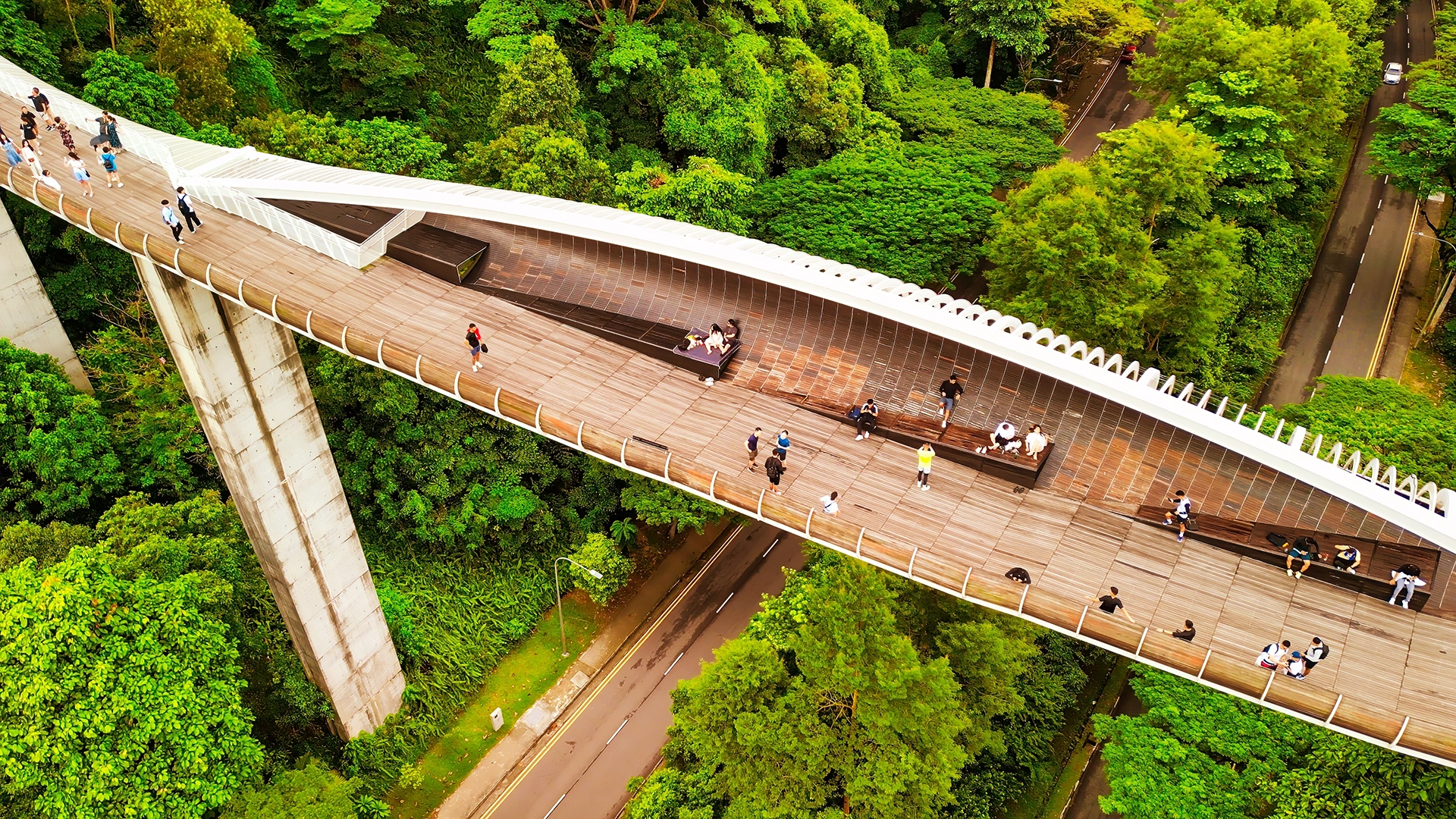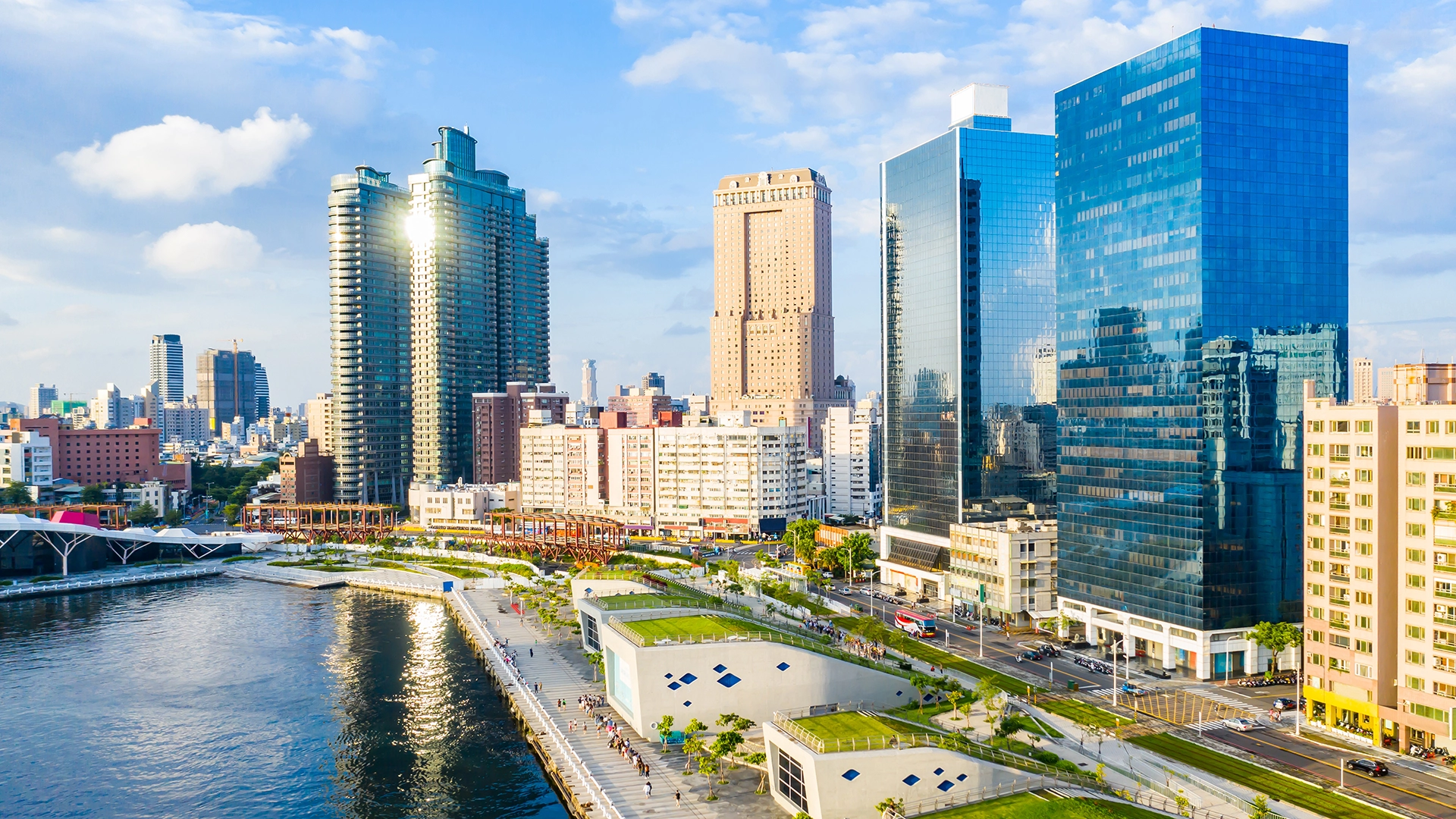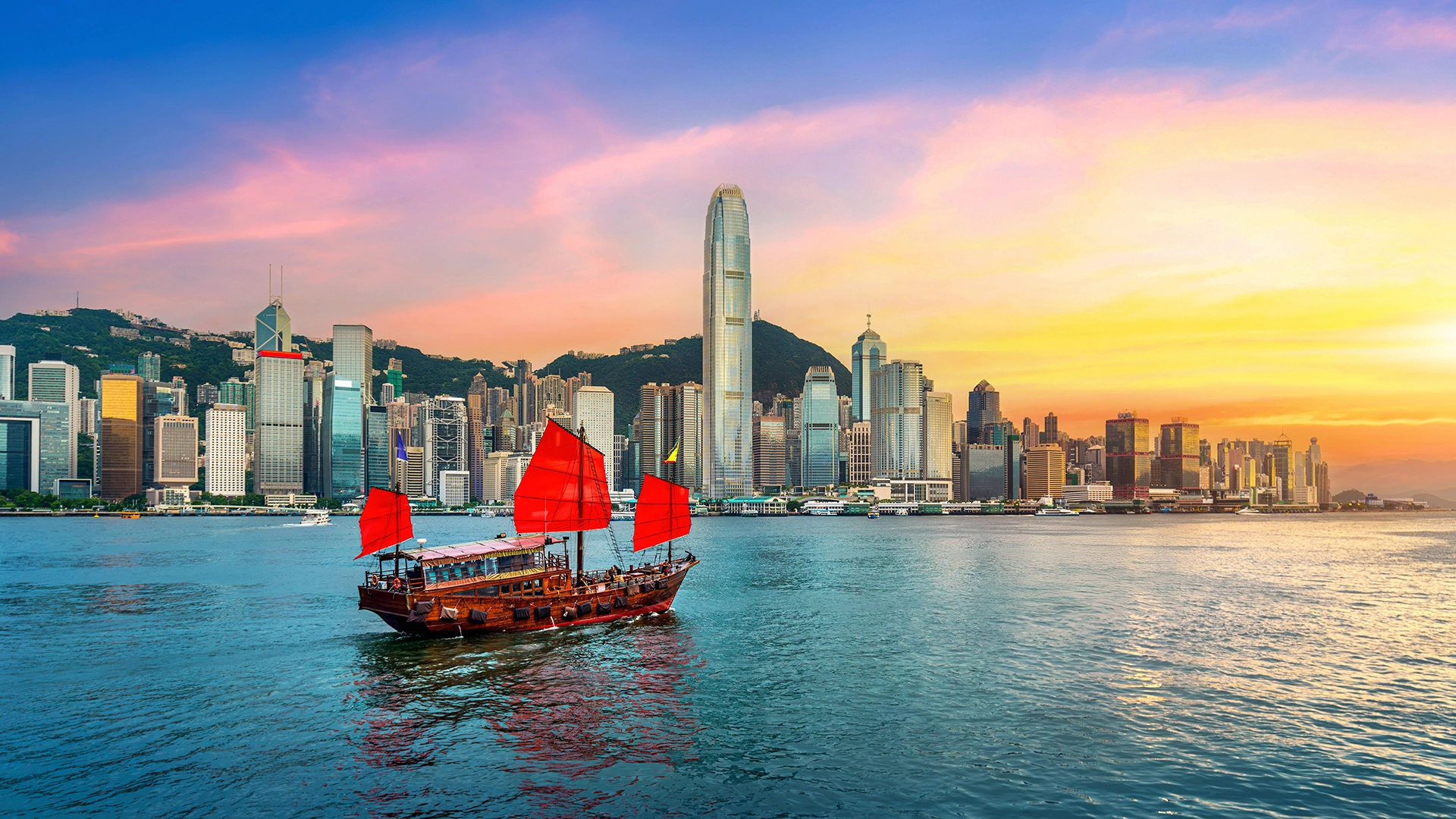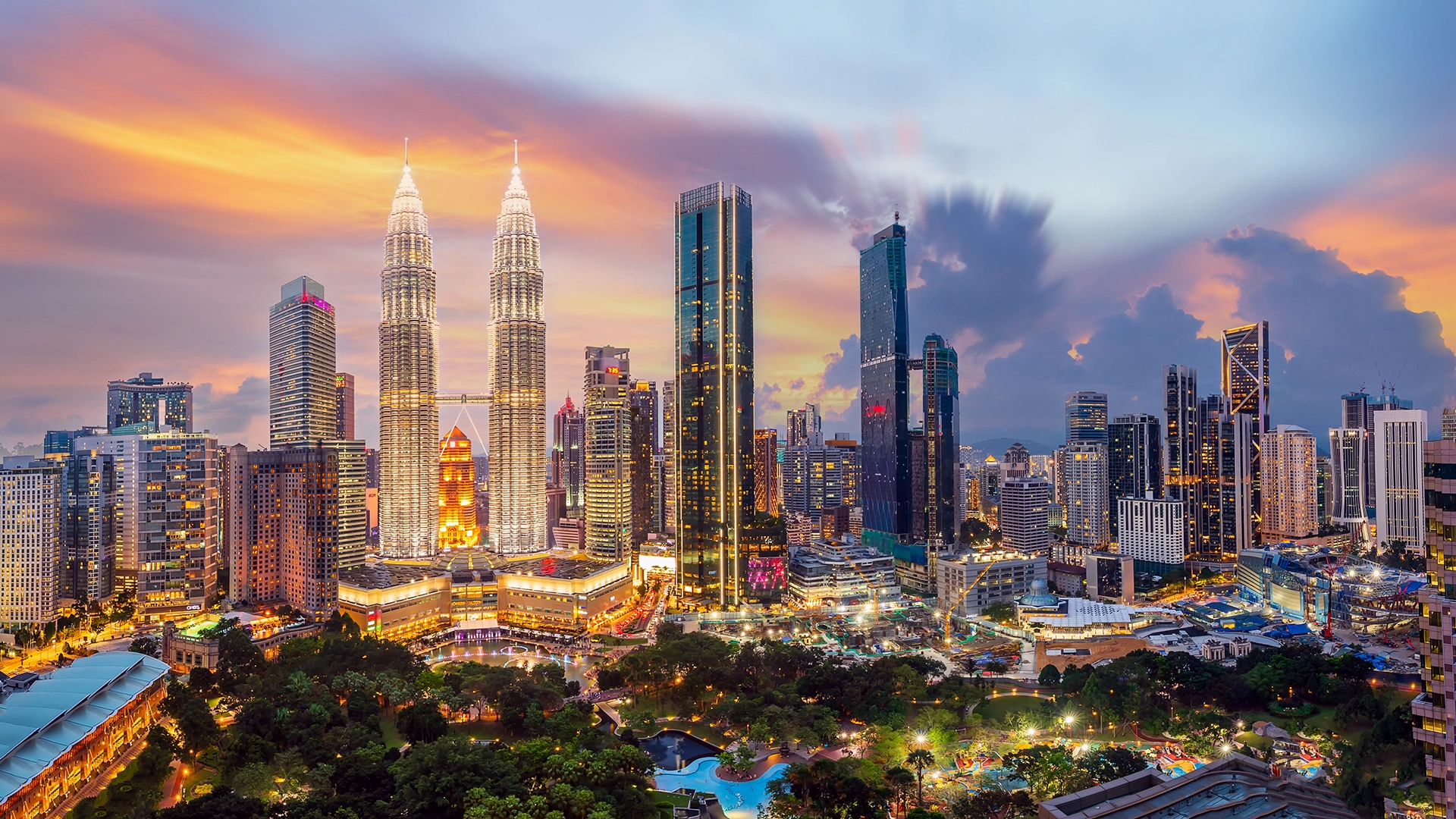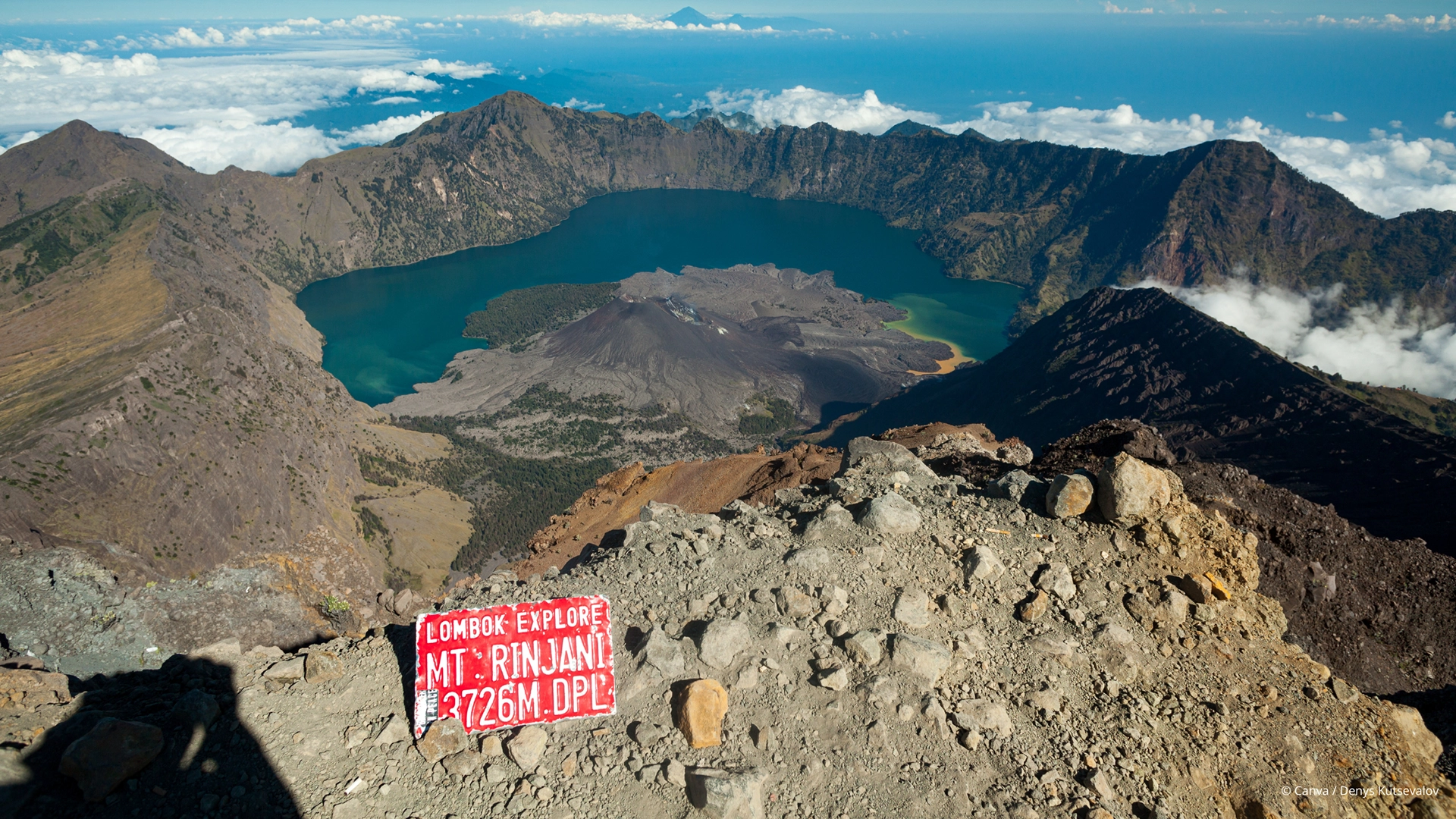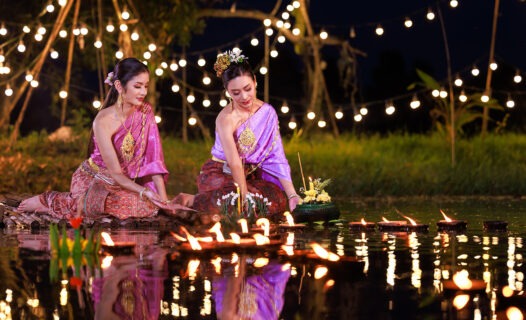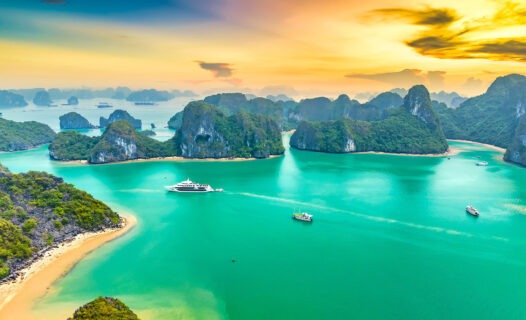If you’re looking to experience the cultural heartbeat of Southeast Asia, there’s no better way than timing your trip around its many vibrant festivals. From ancient religious rituals to massive parades and contemporary art shows, festival hopping in Southeast Asia is sure to be an unforgettable adventure. Building an Southeast Asia itinerary focused on the region’s major festivals gives travelers the chance to experience traditions firsthand while also enjoying spectacular performances, local cuisine, and exciting celebrations. This guide will take you through some of the most fun activities in Southeast Asia that you just can’t miss.

Planning Your Festival Tours in ASEAN
The second half of the year, from August to December, is peak season for cultural celebrations across the region. August to October is ideal for regional carnivals and religious festivals, while November and December bring lantern-lit river ceremonies. An ASEAN itinerary built around festivals not only maximizes cultural experiences but also helps you discover hidden gems in ASEAN that don’t always make the guidebooks.
To help make the most of your travels, keep these tips for festival hopping in Southeast Asia in mind:
- Book early: Accommodations near major festivals can fill up months in advance, especially for iconic events like Thailand‘s Loi Krathong.
- Pack smart: Bring breathable clothing, rain gear, and good walking shoes to stay comfortable during long days of celebration on your feet.
- Check local customs: Learning a few local phrases and observing proper etiquette, like dressing modestly at religious events, can go a long way toward respectful participation.
- Travel sustainably: Many festivals now highlight eco-friendly destinations in ASEAN that promote reduced-waste policies, carbon-light transport options, and community-based tourism.

ASEAN Festival Itinerary: Year-End Celebrations Across Southeast Asia
When creating your Southeast Asia itinerary, it can help to plan your route geographically, weaving through neighboring countries like Thailand, Laos, and Vietnam, or pairing island destinations in Malaysia and Indonesia. With many cities connected by budget airlines and visa-free or visa-on-arrival policies common across the region, building seamless, event-packed ASEAN festival tours is easier than ever. So, let’s break down some of the biggest and most unique ASEAN events from August through December, country by country.

Malaysia
Malaysia’s festivals reflect its multicultural identity, with influences from Malay, Chinese, Indian, and indigenous communities. This diversity is especially prominent in its late-year events, which blend traditional and modern themes in immersive festivals that span large regional areas.
International Art Festival (September 13 to 16)
Held in Petaling Jaya, the International Arts Festival is a dynamic celebration of dance that invites participation from across the globe. Organized by the Singapore Dance Alliance, the festival is open to dancers of all nationalities aged five and up. With competition categories spanning classical ballet, contemporary, cultural dance, jazz/lyrical, and open genres, the International Arts Festival promotes an inclusive philosophy of “participation and enjoyment of dance for everyone.”
Ombak Festival (September 12 to 14)
Held on the scenic Desaru Coast, the Ombak Festival redefines beachside celebration. The festival spans four core themes: Music & Performances, Visual Arts & Craft, F&B, and Ombak Kids. The result is a family-friendly, multi-sensory experience. Live bands play against ocean backdrops, while galleries display local art and workshops teach traditional crafts. Best of all, the area’s luxury resorts offer packages tailored to festivalgoers.

Singapore
A cosmopolitan city-state, Singapore is known for doing festivals in a big way. Despite its small size, the country packs multiple major cultural celebrations into the fall calendar, making it a must to include on your ASEAN itinerary.
Image courtesy of Singapore Tourism BoardHungry Ghost Festival (September 6)
Rooted in Taoist and Buddhist beliefs, the Hungry Ghost Festival takes place during the seventh lunar month. Devotees burn joss paper offerings and leave out food for wandering spirits. Temporary stages showcase colorful song-and-dance shows, known as getai, meant to entertain both people and ghosts. You’ll find these performances in neighborhoods like Geylang and Toa Payoh, especially after dark. It’s a great window into how the old and new coexist in modern Singapore.
Image courtesy of Singapore Tourism BoardDeepavali (October 18 to 23)
Known as the Festival of Lights, Deepavali is celebrated by Singapore’s Indian community with great enthusiasm. The heart of the action is Little India, where colorful arches stretch across Serangoon Road and Campbell Lane turns into a lively bazaar. Traditional snacks like muruku are available everywhere, and the area hosts cultural shows featuring classical Indian dance and music. The celebration continues well into the night.
Image courtesy of Singapore Tourism BoardMid-Autumn Festival (October 6)
Singapore’s Chinese community celebrates the Mid-Autumn Festival with moon-viewing parties, lantern walks, and endless mooncakes to enjoy. Chinatown hosts some of the city’s most elaborate lantern displays, and performances at Kreta Ayer Square include traditional music, lion dances, and storytelling. Don’t be surprised if you’re handed a lantern and invited to join a procession, as this festival is all about community and togetherness.

Thailand
Thailand’s year-end festivals are as diverse as its geography. From spiritual river ceremonies to avant-garde light installations, there’s something for every type of traveler.
Vegetarian Festival in Phuket (October 21 to 29)
Also known as the Nine Emperor Gods Festival, the Phuket Vegetarian Festival is a powerful and visually striking celebration rooted in Chinese spiritual traditions. Held annually during the first nine days of the ninth lunar month, the festival emphasizes purification of the body and mind through a strict vegetarian diet and sacred rituals. While events take place across the island, the heart of the festival beats in Phuket Town.
Loi Krathong (November 5)
Perhaps Thailand’s most beloved festival, Loi Krathong invites participants to float lotus-shaped rafts on rivers and lakes as a way of thanking the water goddess. In cities like Chiang Mai and Sukhothai, the sight of thousands of glowing krathong drifting across the water is unforgettable. Many people also release sky lanterns, adding another dimension to the visual spectacle. This festival is perfect for those looking for a quieter, more reflective travel moment.
Vijit Chao Phraya (November)
This newer addition to Bangkok‘s cultural calendar transforms the Chao Phraya River into an illuminated corridor. Massive fireworks shows, digital art projections, and river cruises combine to create an immersive experience unlike any other in Southeast Asia. The festival reflects Thailand’s ability to embrace the future while honoring its past, and it’s a standout for tech and design enthusiasts.
Amazing Thailand Countdown (December 31)
Thailand’s official New Year celebration is held in major cities and resort towns across the country. Bangkok hosts the biggest event along the Chao Phraya River, where fireworks explode over Wat Arun and live performances take over the waterfront. Other hotspots include Chiang Mai’s Tha Phae Gate and the beaches of Phuket and Pattaya. Whether you want fireworks or fire dancers, this is a perfect final stop on your tour.

Vietnam
This year, the cultural heartbeat of Vietnam is focused on Hue. Once the imperial capital, Hue is one of the most exciting stops for travelers interested in a stop on their Southeast Asia itinerary beyond the typical single-weekend format.
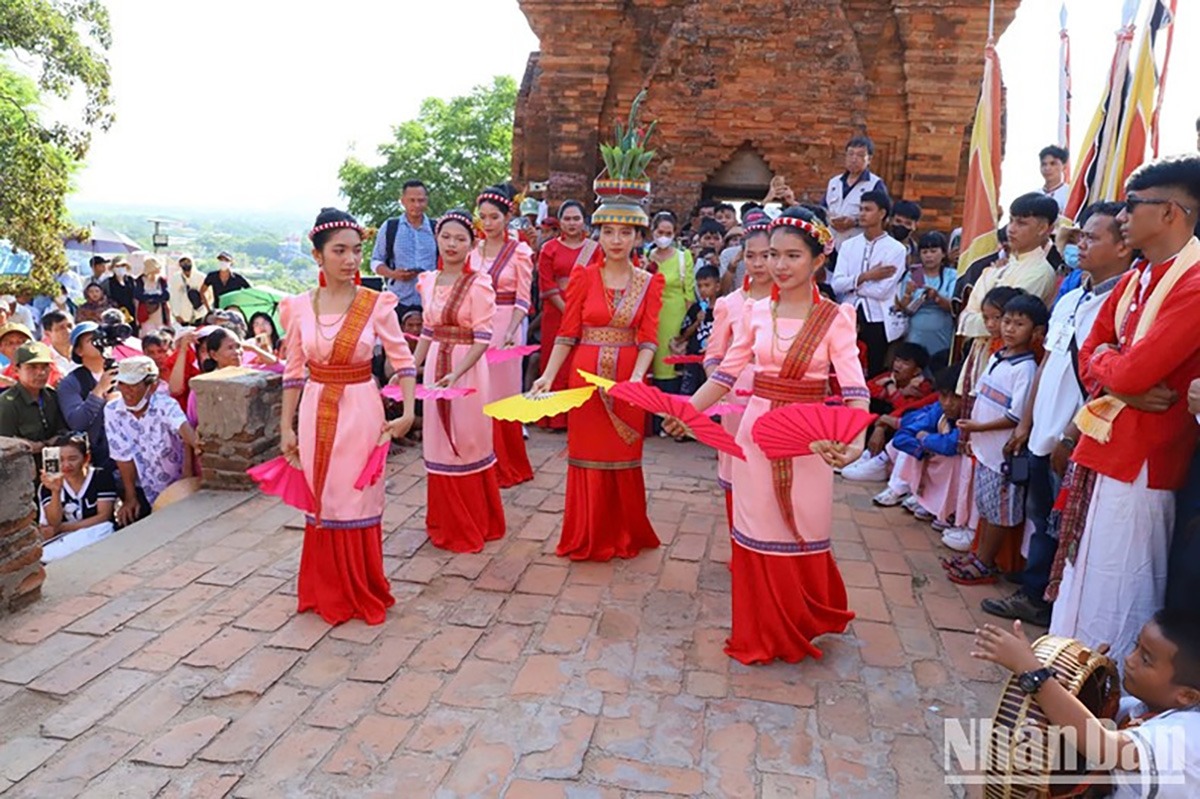 Image courtesy of Vietnam
Image courtesy of Vietnam
Kate Festival (September / October)
The Cham people’s most important annual event, the Kate Festival, is celebrated at Po Klong Garai, Po Rome, and Po Inu Nugar towers in Ninh Thuan Province, usually in September or October. This vibrant festival honors ancient gods and prays for prosperity, featuring rituals like the genie’s costume procession, tower gate opening, and statue bathing. Visitors can also enjoy folk games, pottery art, sports competitions, and fashion shows.
Hue Festival 2025 (Whole Year)
Held every two years, the Hue Festival is one of Vietnam’s most significant cultural events, offering travelers the chance to experience the city’s rich heritage. The 2025 edition features a series of themed programs: Spring of the Ancient Capital, Shining Imperial City in Summer, Hue in Autumn, and Winter of Hue. Each season brings a unique focus, from ceremonial parades and traditional music to lantern displays, food fairs, and contemporary performances.

Indonesia
Indonesia excels at spectacle, and its festival calendar proves that tradition and creativity make a complementary pairing. From cutting-edge fashion parades to centuries-old dance rituals, the country’s year-end events deliver unforgettable visuals and deeply rooted storytelling.
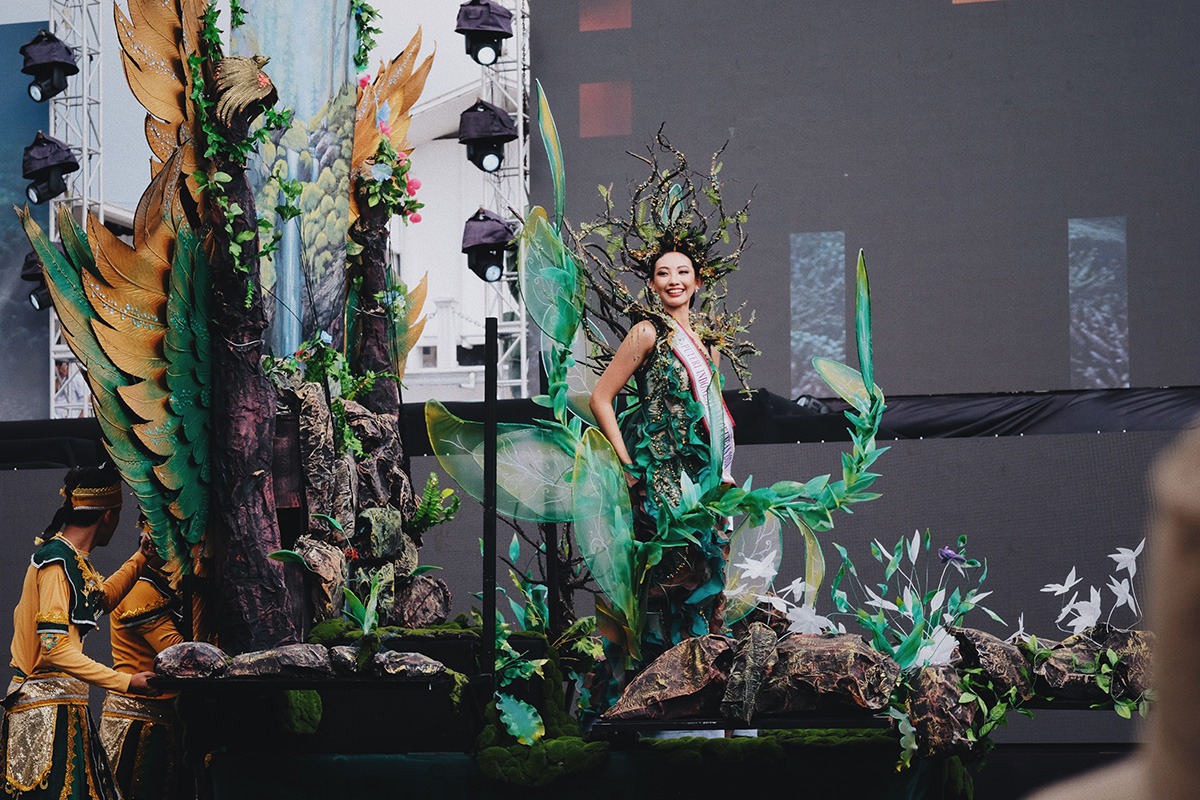 Image courtesy of Indonesia
Image courtesy of Indonesia
Jember Fashion Carnaval (August 8 to 10)
Held in East Java‘s Jember Regency, this annual parade has become one of Indonesia’s most iconic cultural events. What makes it stand out is a 3.6-kilometer-long parade route that turns the streets of Jember into a vibrant outdoor runway, where thousands of participants don elaborate storytelling costumes that often take months to make. More than just a fashion event, the carnival is a bold expression of Indonesian identity, merging traditional motifs with futuristic designs.
Image courtesy of IndonesiaWayang Jogja Night Carnival (October 7)
The Wayang Jogja Night Carnival transforms the streets around Tugu Jogja into a glowing stage of culture and creativity in celebration of the founding of Yogyakarta. This year’s theme, “Cahya Dalang Jagad” (“The Puppet Master: Light of the World”), reimagines traditional wayang (shadow puppet) characters through illuminated costumes, vibrant floats, and theatrical performances. The festival represents a community effort that brings together artists, students, and residents in a shared tribute to the city’s rich storytelling traditions.
Gandrung Sewu (October 23 to 25)
Few events match the scale and beauty of Gandrung Sewu, staged on the sands of Marina Boom Beach in Banyuwangi. This colossal dance performance involves over a thousand dancers performing the traditional Gandrung, a dance that honors the goddess of rice and prosperity. The 2025 theme, “Payung Agung” (“Great Umbrella”), emphasizes unity in diversity, an important cultural value in Indonesia. For travelers who want to experience raw cultural power, this festival is unforgettable.
Image courtesy of IndonesiaFestival Minangkabau (December 4 to 6)
Set at the majestic Istano Basa Pagaruyung palace in West Sumatra, Festival Minangkabau is a celebration of Minangkabau heritage that centers on food and storytelling. Visitors can take part in communal feasts called makan bajamba and witness randai, a dramatic form of storytelling that mixes dance, acting, and percussion. The festival also features music, cultural parades, local crafts, and culinary showcases, offering a vibrant and immersive experience of one of Indonesia’s most distinctive cultures.

Myanmar
In Myanmar, festivals are closely tied to the Buddhist calendar and spiritual reflection. While the country has fewer large-scale tourism events, its religious celebrations offer unique, community-based experiences perfect for those seeking to immerse themselves in the local culture.
Thadingyut Festival (October)
The Thadingyut Festival, also known as the Festival of Lights, takes place on the full moon of the Burmese month of Thadingyut. It marks the end of Buddhist Lent and is celebrated across the country with candles, lanterns, and, in modern times, colorful electric lights. People visit pagodas with offerings, and the atmosphere is one of gratitude and reverence. It’s one of the more spiritually meaningful events in Southeast Asia to add to your itinerary.

Philippines
With a mix of Spanish, indigenous, and Southeast Asian influences, festivals in the Philippines have a reputation for being some of the best things to do in Southeast Asia. Music, dancing, and pageantry are common, and you’ll find all three in Camiguin‘s standout celebration.
Image courtesy of PhilippinesLanzones Festival in Camiguin (3rd week of October)
The Lanzones Festival is a joyful celebration of Camiguin’s signature fruit. Small and sweet, the lanzones fruit becomes the centerpiece of dances, street parades, and pageants. Houses and floats are decorated with the fruit, and costumed performers dance in tribute to the harvest. What makes this festival so engaging is its local island vibe; it’s community-driven, relaxed, and rooted in tradition. It’s a great way to experience the Philippines beyond the major cities and tourist beaches.
Image courtesy of PhilippinesMassKara Festival in Bacolod (3rd-4th Sunday of October)
Taking place every fourth Sunday of October in Bacolod City, the MassKara Festival bursts with happiness and the spirit of resilience. This vibrant event began in the 1980s as a response to tough economic times, and its name—meaning “many faces”—comes from the dazzling, smiling masks that parade-goers and dancers proudly wear as they fill the streets with color and cheer.

Brunei
While not as crowded as some of its neighbors, Brunei is an important stop on any Southeast Asia festival tours. December, in particular, brings the entire nation together with a series of themed events focused on culture, creativity, and national pride.
Image courtesy of BruneiBrunei December Festival (All of December)
The Brunei December Festival is a nationwide celebration full of events ranging from Islamic lifestyle expos and traditional arts showcases to adventure races and food carnivals. Pop-up events are held in each of the country’s four districts with family-friendly entertainment throughout. The festival aims to highlight the country’s culture while supporting the tourism industry. Whether you’re interested in heritage, cuisine, or outdoor fun, it’s a great opportunity to explore different parts of Brunei.

Laos
Laos is a rewarding destination for travelers seeking meaningful cultural encounters, and it offers one of the most visually beautiful events to add to your ASEAN travel itinerary. The country’s best-known late-year celebration is also one of its most tranquil.
Lai Heua Fai Festival (October)
Taking place in Luang Prabang, the Lai Heua Fai Festival marks the end of Buddhist Lent with a floating procession of candle-lit boats. Temples and households spend days crafting the boats to be released into the Mekong River in a glowing stream of light. The boats carry prayers and wishes, symbolizing renewal and hope. Monks chant blessings, while locals light lanterns and candles around their homes and shrines, making for a serene atmosphere.

Cambodia
Festivals in Cambodia light up the country with vibrant rituals, joyful gatherings, and deep-rooted traditions. The celebrations offer a colorful window into the country’s rich cultural heritage and are among the unique events in Southeast Asia.
 Image courtesy of Cambodia
Image courtesy of Cambodia
Ok Om Bok Festival (10th lunar month)
Ok Om Bok, or the Festival of Worshipping the Moon, is one of the Khmer people’s three major annual festivals, alongside Sene Dolta and Chol Chnam Thmay. Held on the 15th day of the 10th lunar month, it marks the shift from rainy to dry season and celebrates the harvest. The festival features vibrant activities like a trade fair, traditional costume shows, boat races, local product displays, sports, and folk games, all promoting Khmer culture and community spirit.





